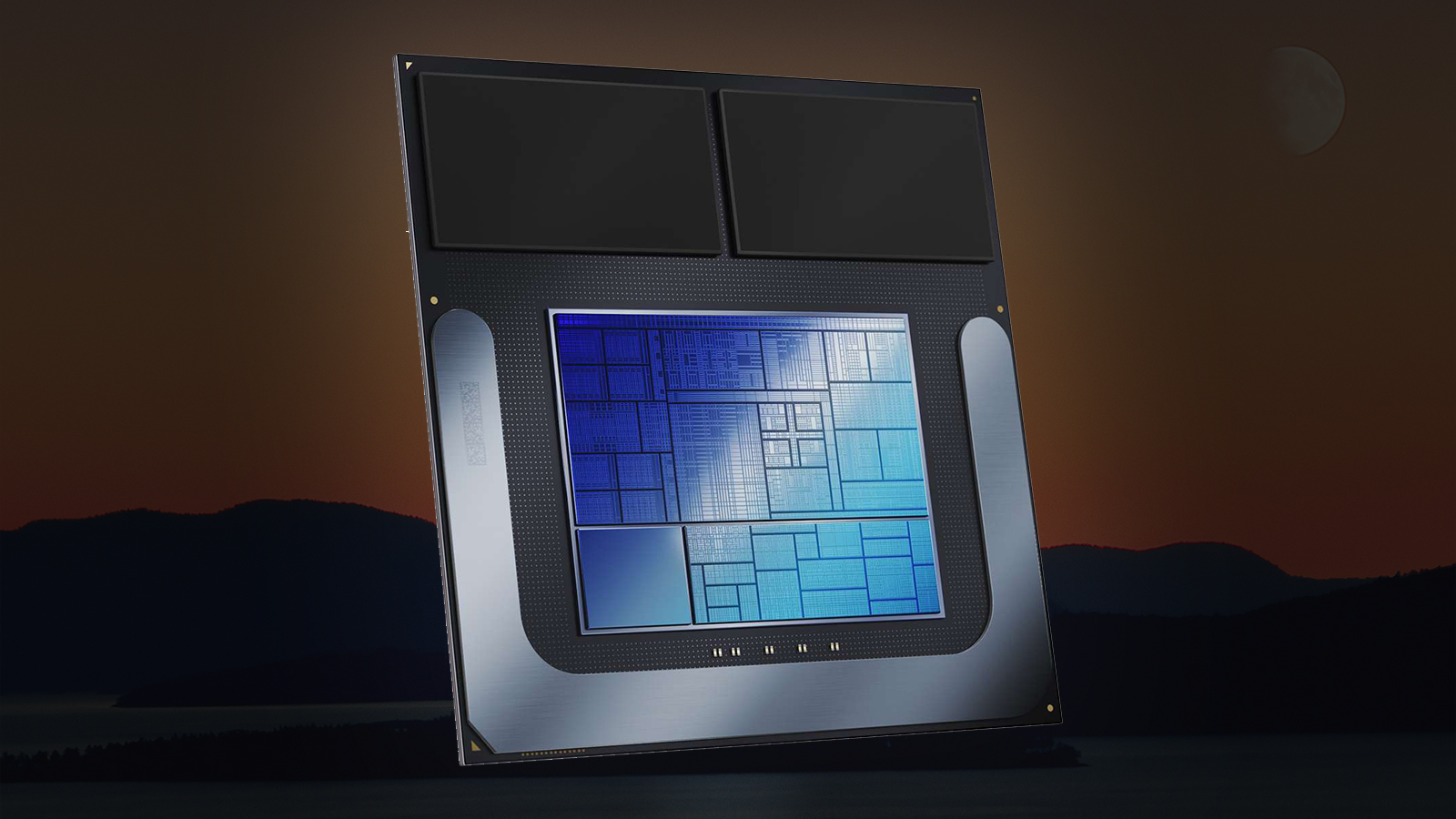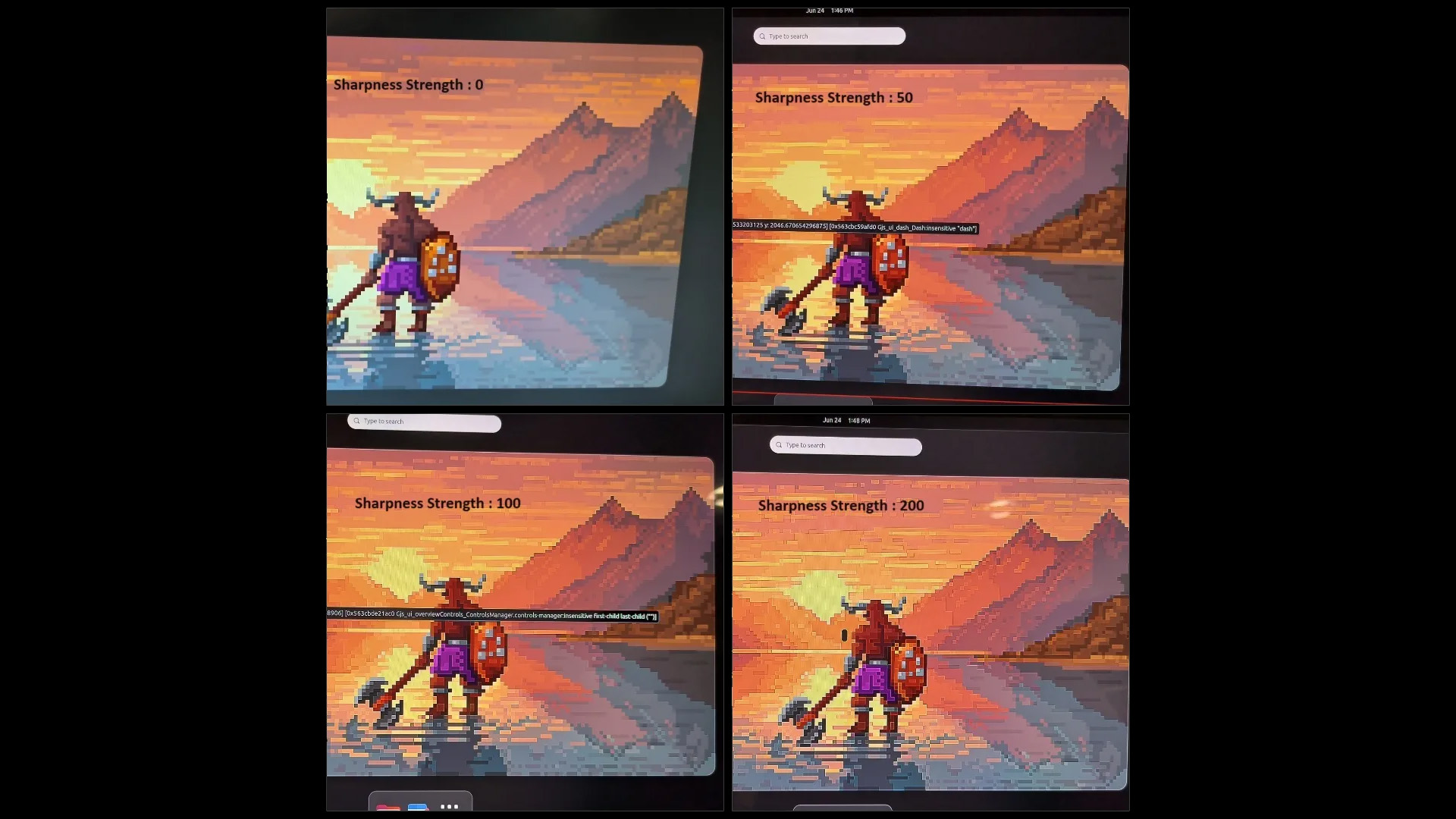
XeSS might be one of the hottest new upscaling technologies in gaming, but XeSS isn't the only upscaling solution Intel is developing. Phoronix reports that the silicon fab designer and CPU manufacturer is building a new adaptive sharpening filter for Linux aimed at its Lunar Lake processors featuring Xe2 integrated graphics.
The new sharpening filter is designed to enhance image quality with minimal impact on power and GPU performance. The tech uses hardware inside the Lunar Lake Xe2 Battlemage iGPU, the "pipe scaler," to execute the sharpening and upscaling work. The filter is described as having enhanced visual clarity that is superior to traditional sharpening techniques that only apply a uniform level of sharpness to the entire image — resulting in some areas that are oversharpened. Intel's filter is more intelligent by contrast, allowing sharpness to be adjusted more appropriately to the image's traits by only sharpening areas of the image that require sharpening.
You can control the adaptive filter through a basic strength slider with a minimum value of 0 (off) and a maximum value of 255 representing maximum strength. Users can set any value between those two numbers to get the ideal amount of sharpness for the content they view.

The new sharpening filter resembles FSR 1.0/RSR and Nvidia's image scaling solution (NIS). All three are simplistic variants of their more advanced counterparts integrated at the driver level. The primary differentiation with Intel's solution is that it can be used for photos and isn't limited to just 3D games. For gaming specifically, these basic upscales are beneficial for older titles that don't support DLSS, XeSS, or FSR 2.0 (and newer).
Lunar Lake will be the first platform to support the new adaptive filter. The filter takes advantage of new hardware only found in Xe2 Battlemage GPUs, preventing it from being used in Intel's older integrated and discrete GPUs. Future iterations of Intel's CPUs can use the filter beyond Lunar Lake.
Linux and Lunar Lake support is reportedly in good standing, but the upscaler has not yet been finished. Not only does Intel's Linux graphics driver need to support the new upscaler, but Intel also has to get the rest of the Linux desktop stack ready to support it, presumably so it works with photo apps in Linux. Outgoing Xe2 Linux drivers have the feature disabled by default and hidden, so users can't easily access it.







